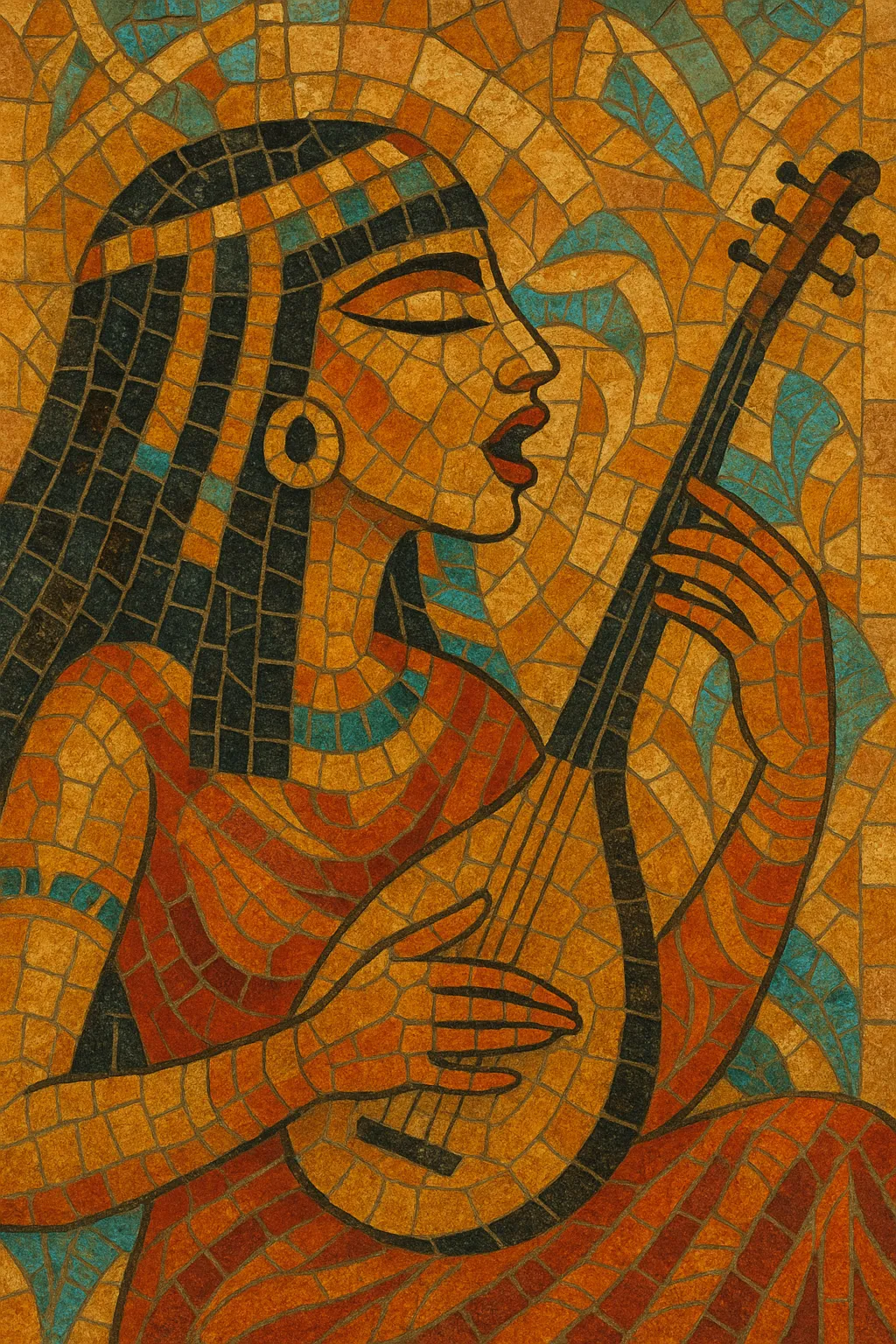Egyptian pop is the mainstream popular music of Egypt, blending Arabic melodic modes (maqam) and percussion with Western pop songwriting and production. It typically features catchy choruses, polished studio arrangements, and a vocal style rich in melisma and ornamentation.
The sound draws on local urban styles like shaabi and earlier Egyptian light music, while also absorbing international currents such as disco, synth-pop, new wave, dance-pop, R&B, and later house and EDM. Lyrical themes are often romantic or nostalgic, with occasional social commentary delivered in accessible colloquial Arabic. Since the 1990s, Egypt’s media infrastructure and star system helped these songs reach the wider Arab world, making Egyptian pop one of the region’s most visible musical exports.
Egyptian cinema and radio in the mid‑20th century created the infrastructure, audience, and songcraft that would underpin Egyptian pop. While icons like Abdel Halim Hafez and composers from the film-music tradition were not “pop” in the modern sense, their shorter, melodically immediate songs foreshadowed a more streamlined style. By the late 1970s, the cassette revolution and youth culture fostered lighter, danceable forms.
A new youth-oriented sound known as al jeel emerged, integrating disco, reggae, and new wave flavors with Arabic melodies and rhythms. Producers and artists began using synthesizers, drum machines, and electric bass alongside traditional percussion like tabla and riq. Urban folk influences from shaabi provided a distinctly Egyptian character, while cassettes enabled fast, affordable distribution.
With satellite TV channels and glossy music videos, Egyptian pop entered a pan‑Arab spotlight. Amr Diab pioneered a Mediterranean-tinged, dance-pop aesthetic with sleek production and hook-forward songwriting, while Mohamed Mounir blended Nubian and rock influences. A-listers such as Hany Shaker, Ehab Tawfik, Angham, and Sherine Abdel‑Wahab expanded the ballad and mid‑tempo palette, and R&B and house textures became increasingly common.
Streaming platforms and home studios democratized production, encouraging hybrid blends with EDM, trap, and global pop. While the grassroots electro‑shaabi scene (mahraganat) rose from working-class neighborhoods, mainstream Egyptian pop responded with updated rhythms, 808s, and synth bass while preserving melodic ties to maqam. Nostalgic revivals of 1980s/1990s synth-pop textures coexist with contemporary collaborations and globalized marketing.


